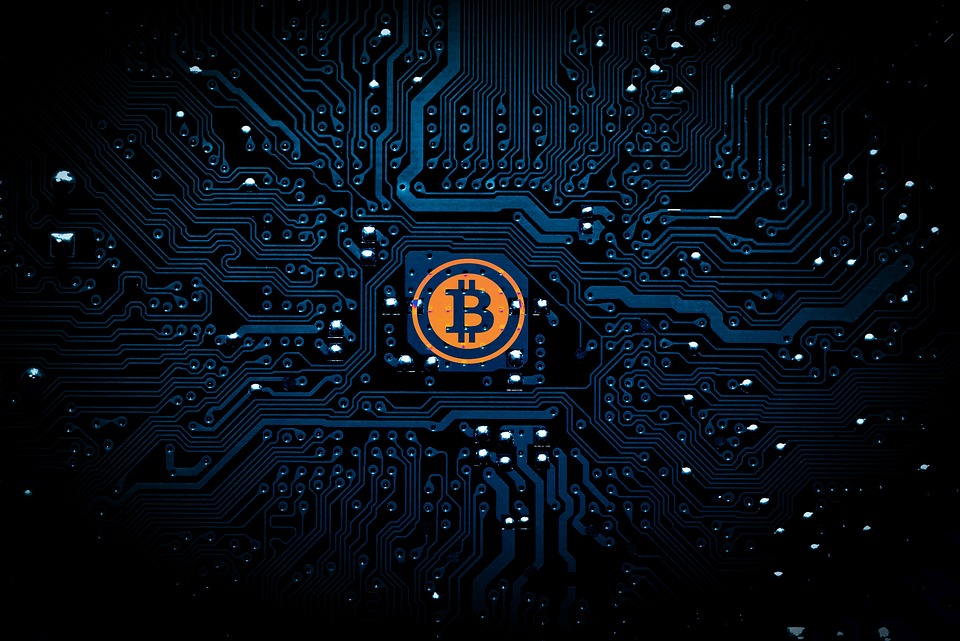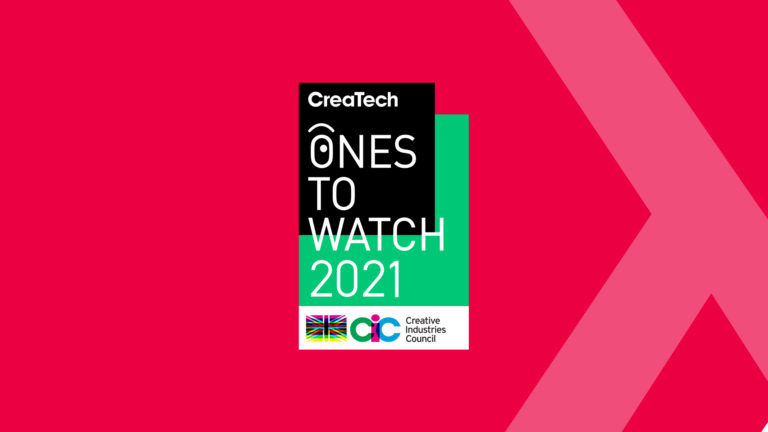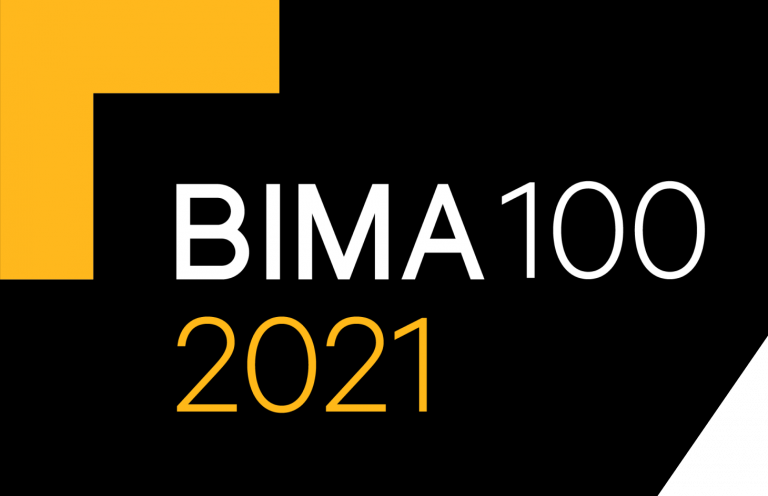
We’ve all been subjected to a lot of media attention directed at Bitcoin recently. And with it’s price exceeding $11,000 per BTC at the end of November, who can really fail to forgive the newspapers and outlets for giving it so much attention? Unfortunately, though, all the speculation surrounding Bitcoin and the volatility of its price can largely be put down to something quite simple: the thought that perhaps not everyone invested in the platform really understands what its purpose is or how it operates. Will it fork, won’t it fork? Is it secure, isn’t it secure? The slightest piece of news seems to send the price hurtling upwards – or downwards – and no one can ever really tell which way it will flow until after it’s settled.
The truth is until Bitcoin is accepted as a currency both online and offline it remains a commodity, there to be toyed with by those looking to make investments that would otherwise be thrown elsewhere.
Beyond the rise and fall of Bitcoin what the media are failing to report on are the practical applications that underpin the currency. A fascinating technology known to us as blockchain.
Put quite nicely by Silicon Valley venture capitalist Marc Andreessen, the blockchain is “a way for one Internet user to transfer a unique piece of digital property to another Internet user, such that the transfer is guaranteed to be safe and secure, everyone knows that the transfer has taken place, and nobody can challenge the legitimacy of the transfer“.
Although this explanation may use some pretty simple wording it’s still tough to really grasp what this means. So let’s use an example.
In the not so distant past banks in England would allow you to open an account with them, deposit funds, and proceed to record your transactions, and therefore a balance, on a booklet known as a ledger. Over time this ledger would build up a complete history of your dealings with this particular bank. This approach has proven very successful for us humans and is something that’s been used in a number of industries in a similar form; consider a log book for a car, or the land registry of a house. The problem with this approach is that it has a major flaw. In each instance where a ledger is used we’re totally reliant upon a central authority, whether this be the bank, the DVLA or the Land Registry. We’re placing a lot of trust in these authorities and in an age where banks are being bailed out and governments are suggested to be corrupt, this is quite unsettling.
It’s at this point that we really start to understand the practical application of the technology that underpins Bitcon and other cryptocurrencies. Let’s consider Marc Andreessen’s words again and pay particular attention to this part: “everyone knows that the transfer has taken place, and nobody can challenge the legitimacy of the transfer.” In the context of our banking example, how does the blockchain manage this? Well it’s actually a pretty straightforward concept: everyone keeps a copy of the ledger. When you make a transaction in bitcoin it’s stored on each and every computer (or ‘node’) that is part of the Bitcoin blockchain. And, unlike the traditional ledger system, no-one has greater authority over what’s on the ledger, with each node on the network having equal weighting.
Now, if you’re still reading, by now your mind may well be boggling with the possibilities for this technology. Through using the blockchain no longer will we need to place trust in those untrustworthy banks, no longer will we have to trust the land registry when they inform us of the history of a house, and no longer will we have to trust the DVLA when they quite nicely inform us that the second hand car we’re purchasing has never been in an accident. It’s all quite exciting to be honest and when a ledger is maintained in this format, we refer to it as being decentralised.
So hold on a second, you thought the intention for Bitcoin was as a currency? Yes you are correct, but let’s open our minds a little here. Forget about Bitcoin and focus on the technology. In particular this seems a good point to bring your attention to something that’s been exciting us techies this year; an alternative blockchain to Bitcoin known as Ethereum.
Ethereum is Bitcoin with a practical purpose, and what makes it so interesting is something known as Smart Contracts. Smart Contracts are self-executing pieces of code that can be run when a transaction on the blockchain occurs. Going back to our example of housing on the blockchain, a Smart Contract could be created that automatically changes the ownership of a property and records it on the blockchain ledger. As soon as the transaction has been successfully completed the property moves hands and the entire block chain knows about it due to its decentralised nature.
This opens up a world of possibilities to create what have now become known as DApps, or Decentralised Applications. It’s early stages for this technology too, and there are some pretty crazy ideas being thrown about with members of the Ethereum community looking forward to 2018 being the year of the DAppening.
Let’s reiterate that Ethereum and Smart Contracts are a relatively new technology, however the potential for them far surpasses that of Bitcoin. As we speak developers are learning the contract oriented language ‘Solidity’ so that they can develop these DApps that look set to automate our lives even more so than they are already.
For me, this is the start of something magical. My head spins daily when reading up on what some people are looking to do with this technology and although blockchain is bringing a new age of the Internet, let’s open our minds again and see this for what it really is: an industrial revolution.
Further Reading
I wanted to give a shout out to this post, which although I didn’t use here, includes a much more in depth explanation of all things blockchain – https://medium.com/all-things-ledger/decoding-the-enigma-of-blockchain-e0861fcab4b7





